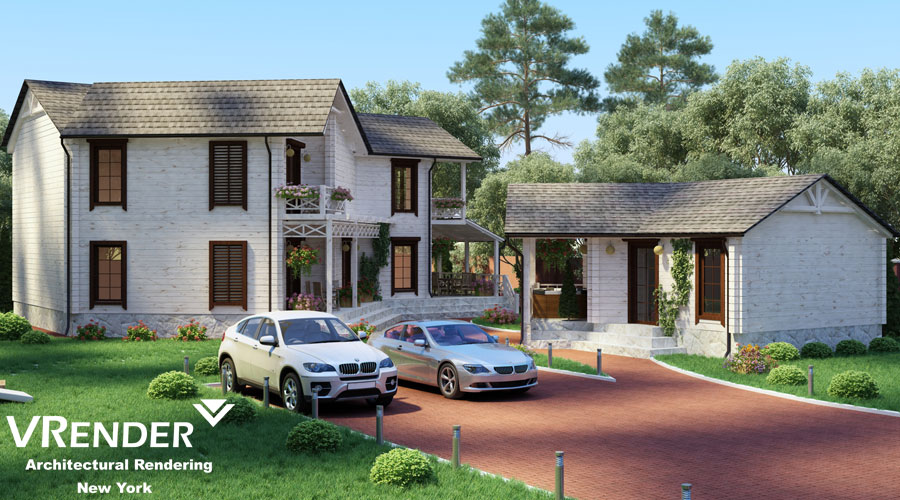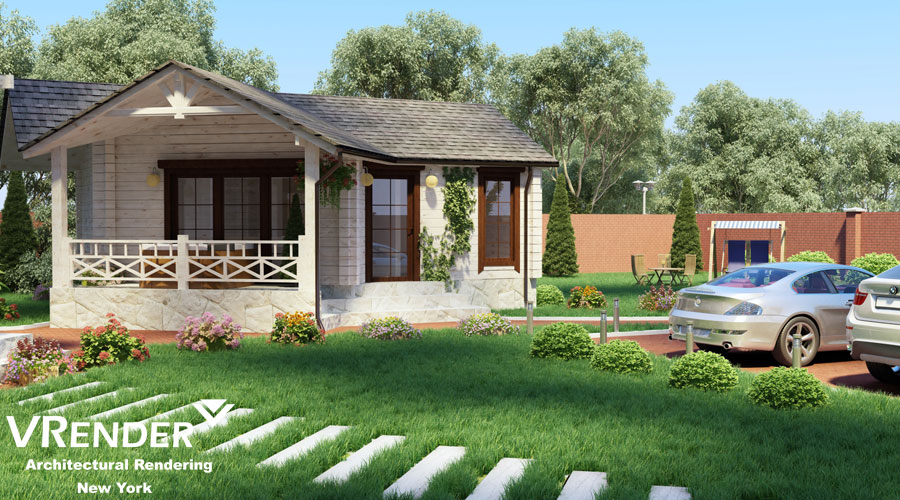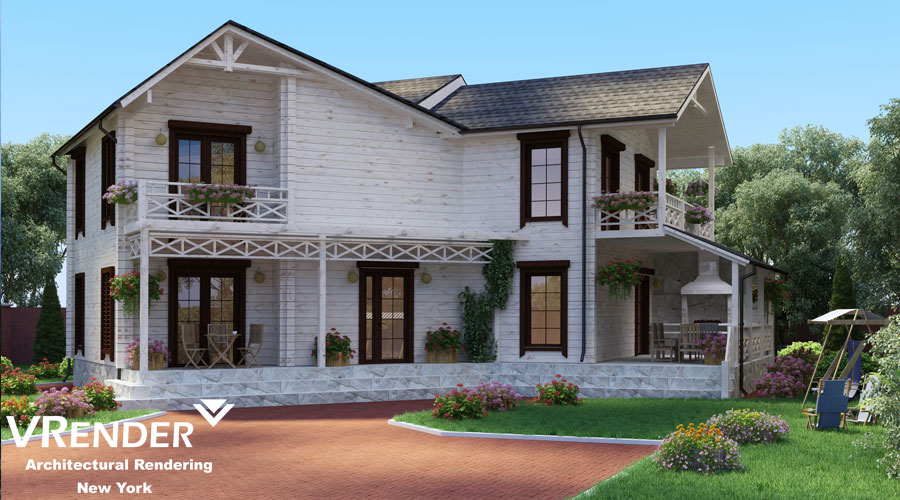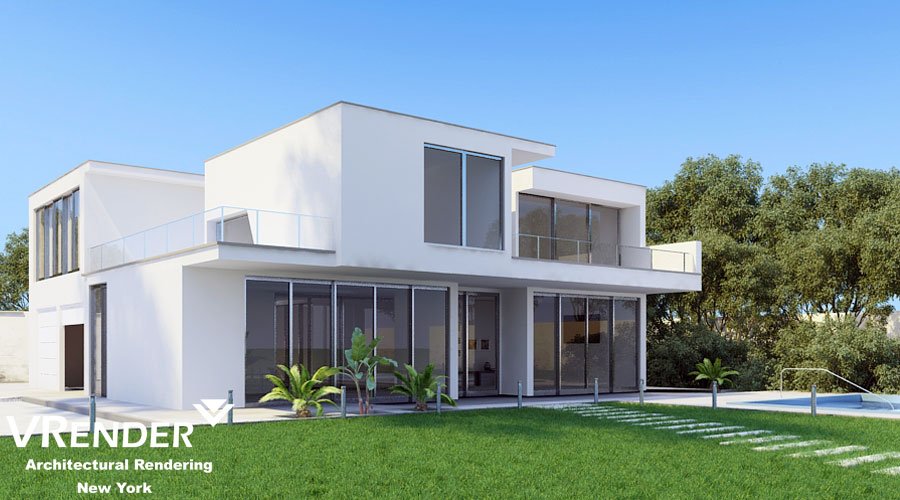The field of architecture relies heavily on visualisation. Without a reflection of the planned construction, it will be very difficult to start work. There was a time when black and hand drawings were used for architectural purposes. Then came color sketches, which were a little more detailed. As technology progressed, drawing techniques and methods also improved. With the invention of computers, we reached the age of Computer Aided Design (CAD).
Architectural visualisation is used by most architects now days. They use it for construction planning, design presentation to clients etc. 3D visualisation, is the latest advent in architectural visualisation. Now with the help of the proper software, architectural visuals can be created where it is possible to walk around a building, observation from any angle, add elements like lights, carpets, paintings etc. to watch their effect. It is a great way to impress clients or potential customers, marketing, analysis of design. 3D visualisation of any product will have the best quality, geometrical symmetry and other relevant details. The 3D models are almost photographed like. The product may be an office building or an airport; technical details are integrated within them, making it a completer project. In 3D models, and other 3D architectural visualisations can reflect the lighting techniques, effect of using certain materials on the construction. Over the years architectural visuals have become very expressive as they have real life elements like shadows, sunlight effects etc.
Architectural visualisation almost has the effect of photography but here you do not have to look for proper lighting conditions.. As 3D visualisation is a designing tool, perfect lighting effects can be achieved with a click of the mouse. You can change between a sunny morning and a rainy evening very easily.Architectural visualization does not need the constant presence of people related with the project. If the floor plan and evaluation is acquired, only a designer can complete the 3D visualisation. It is possible to change the size and quality of a rendered image in accordance with the client’s demands. In any other technique, it is not possible to achieve these aspects. 3D architectural visuals maintain the right proportion, scale. The use of textures, materials, colors is also very much like real life.
Architectural visualisation has various types, which are distinguished by their uses:
- Still photograph like renderings.
- Animation or movie, which contains dynamic visuals.
- Virtual Tour of the proposed structure of the project.
- 3D visualisation Renderings that are seen in real-time.
- Panorama style Renderings.
- Sciographic study or light and shadow effect renderings.
Renderings showing renovation of a run down structure.
3D Architectural Visuals have established it self in a very important role in the real estate industry. It is now very easy to keep track of how the implementation of the design is turning out. The concerned parties can take any necessary decision related with design much before the building is constructed. Architectural Visualisation has opened up an wide avenue of experimentation with a building’s design and other aspects.
Vrender Company 2017.







